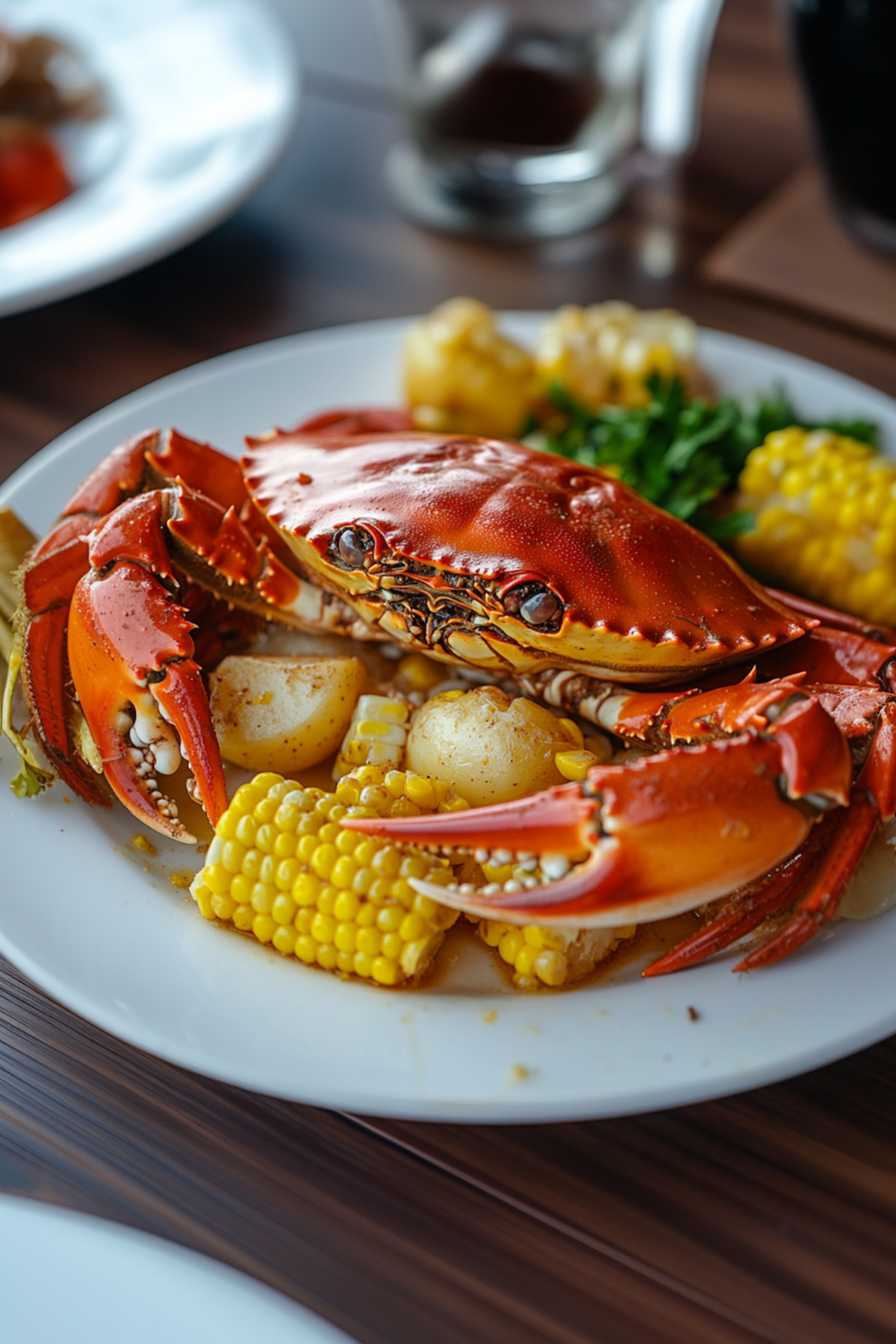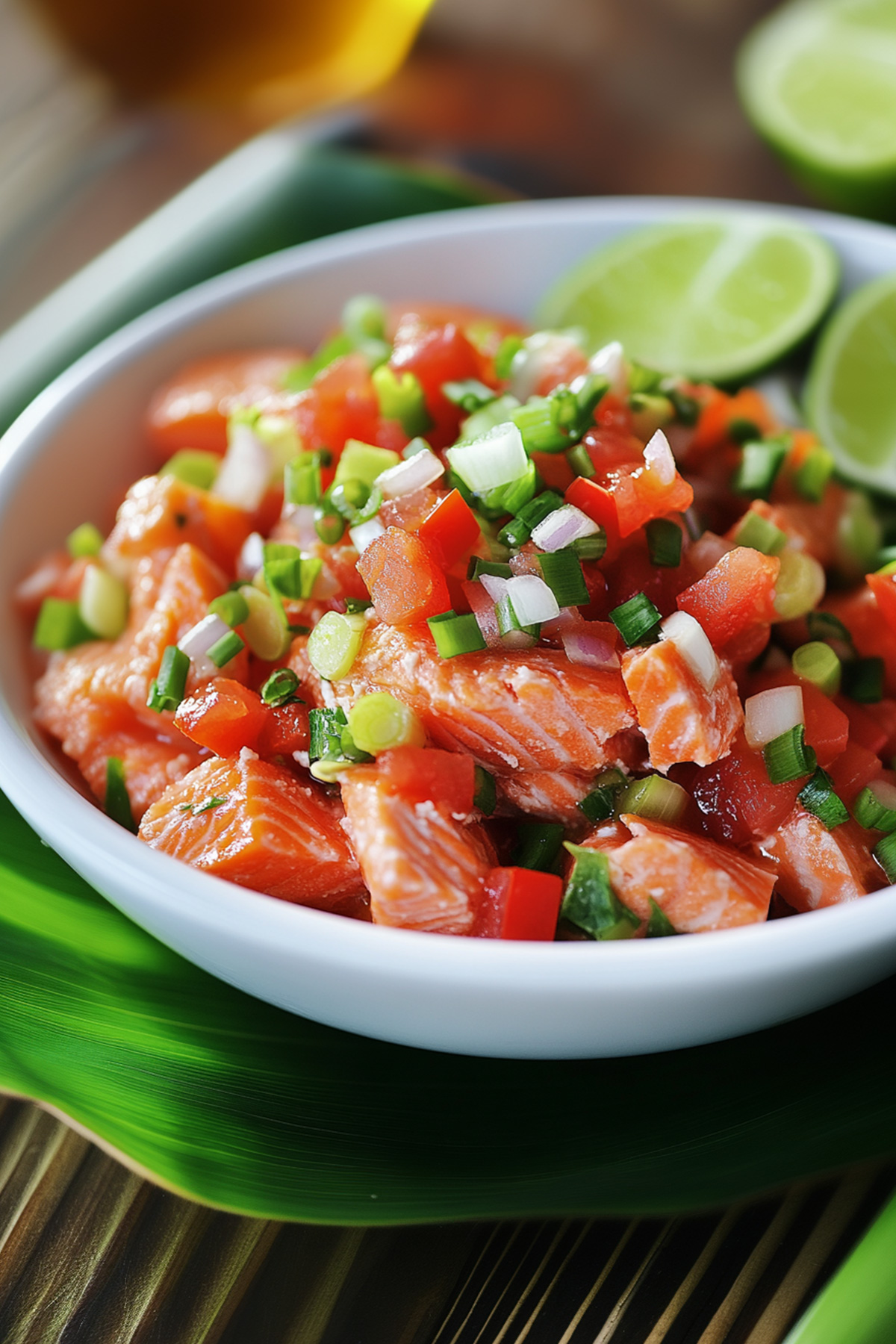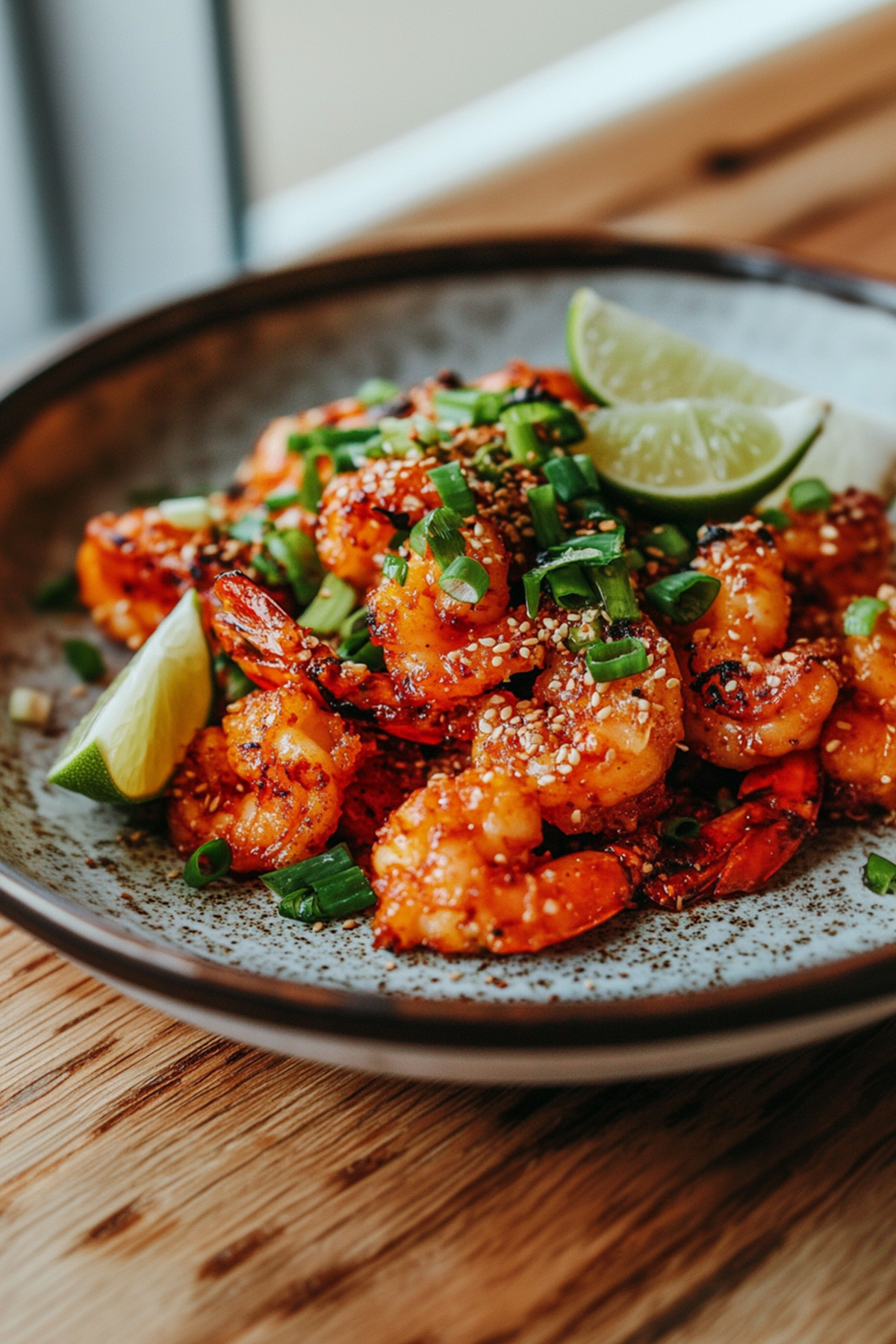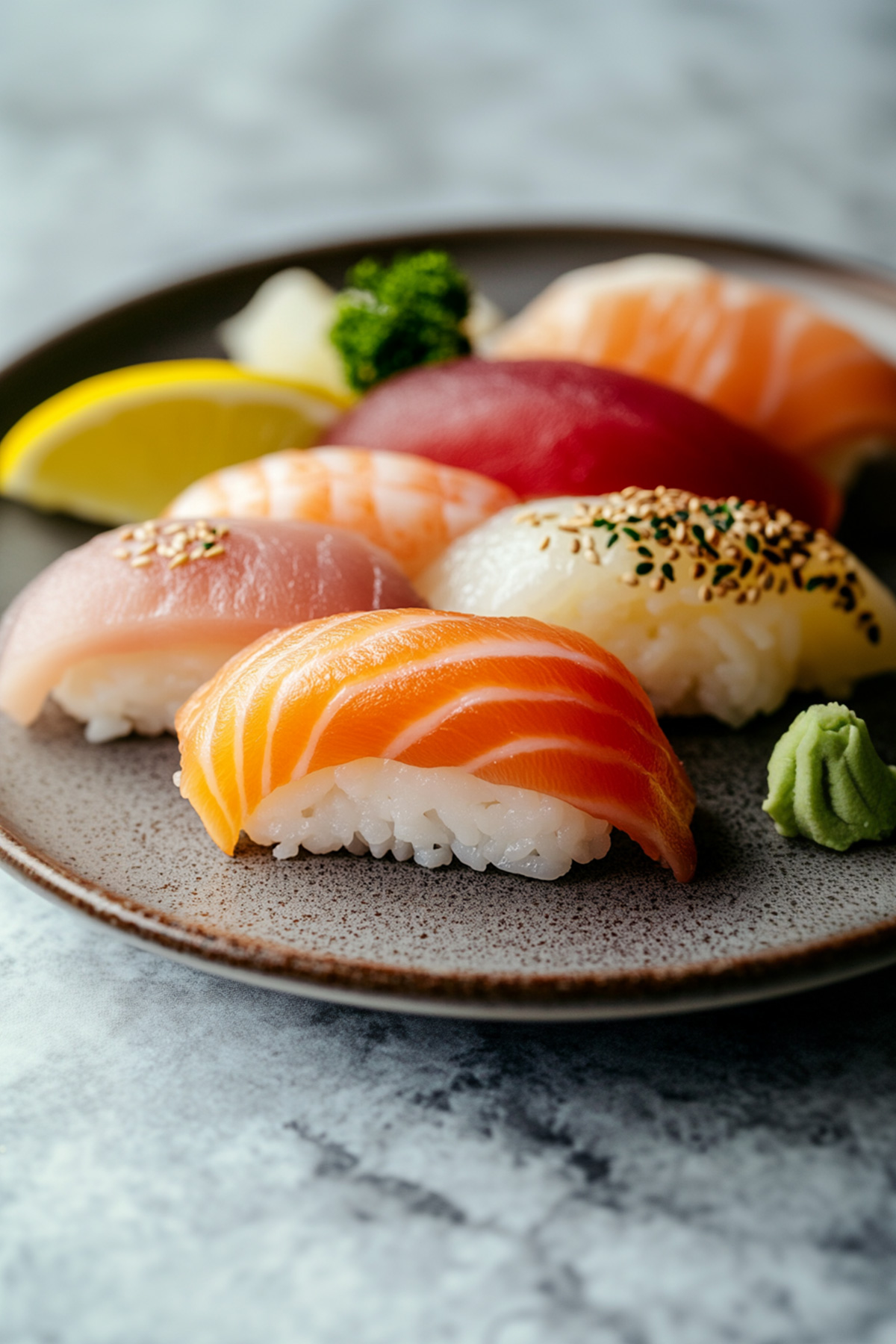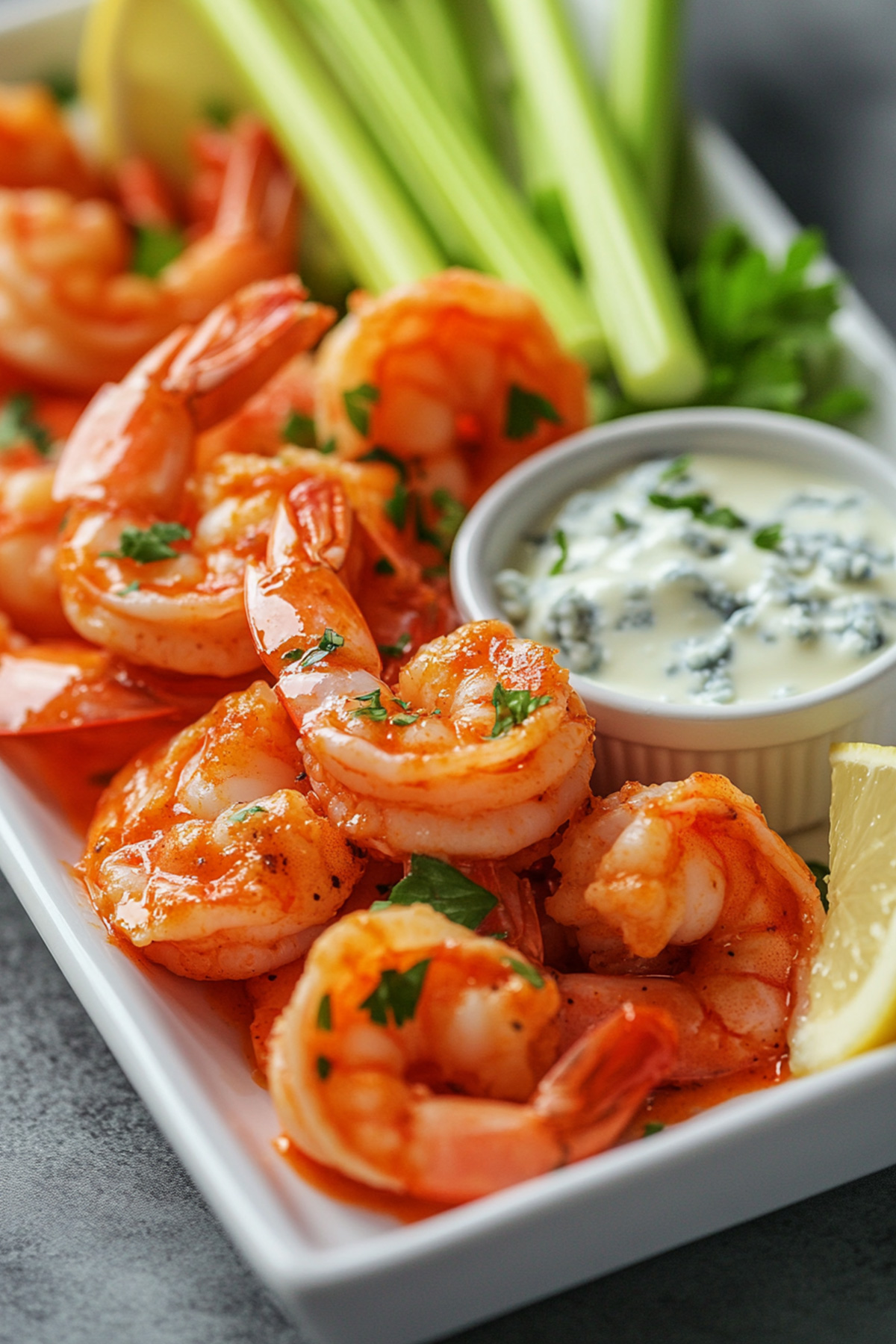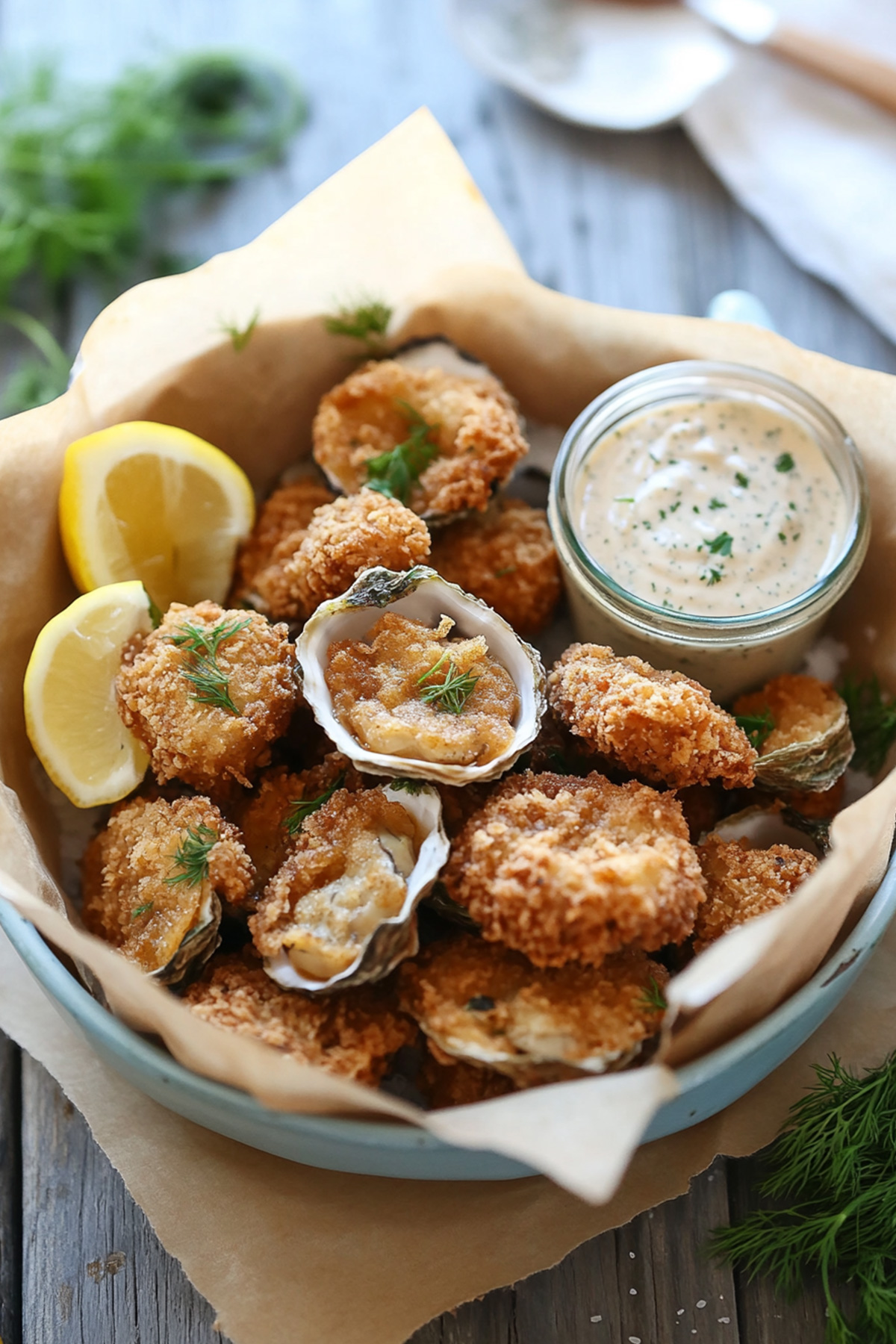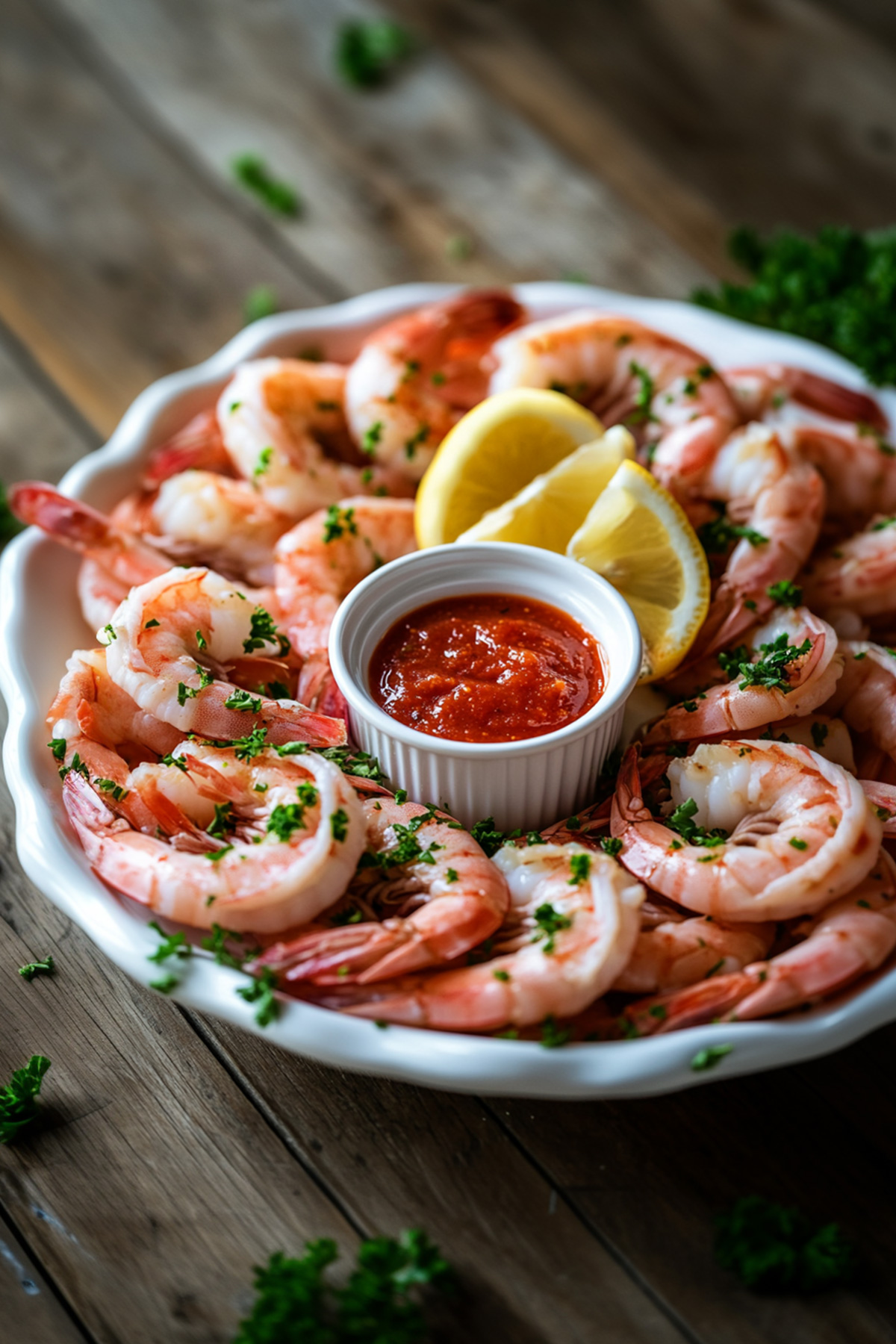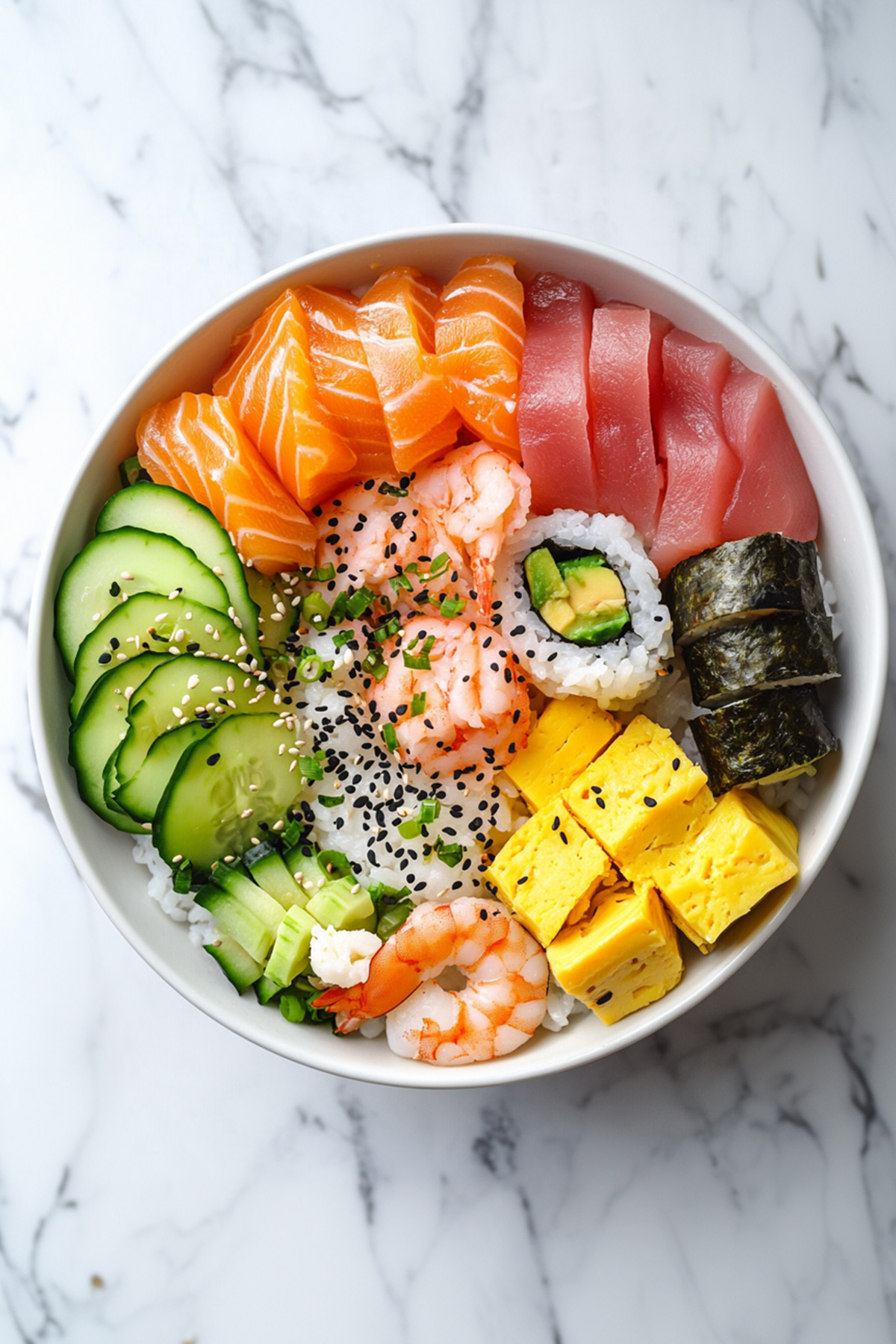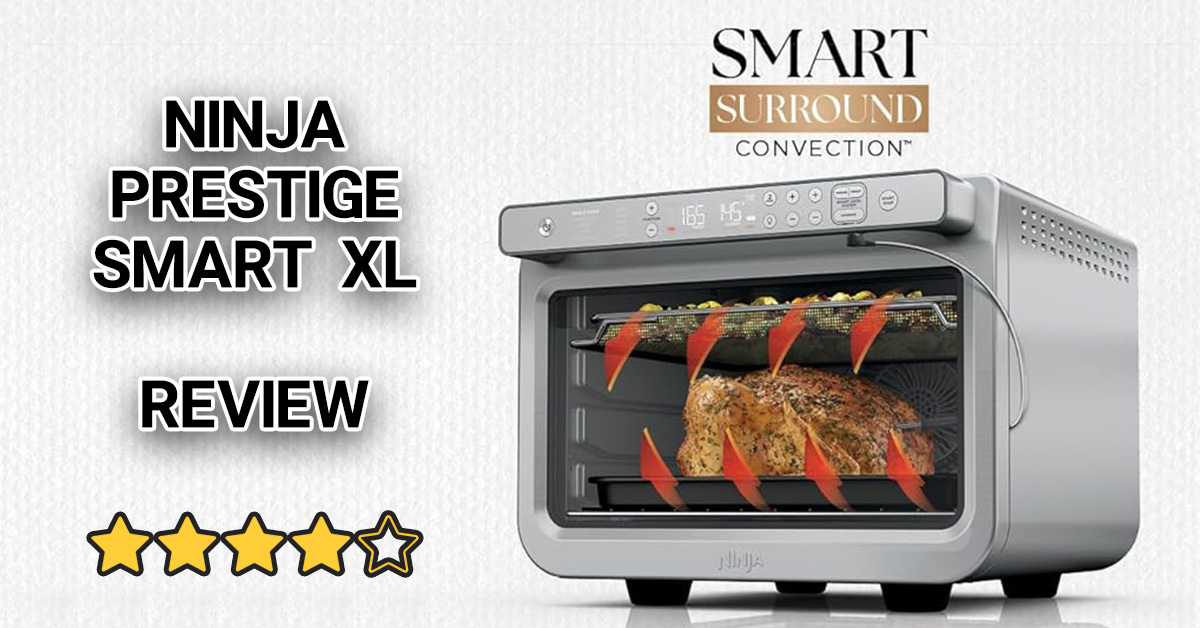Disclosure: As an Amazon Associate and participant in other affiliate programs, we earn from qualifying purchases. We only recommend products we believe will provide value to our readers.
Whether you’ve experienced the disappointment of tough, overcooked crab or struggled with bland, under-seasoned results, achieving restaurant-quality boiled crab at home can feel challenging. Many home cooks find themselves guessing at cooking times and seasoning amounts, leading to less-than-perfect results.
However, creating the perfect boiled crab recipe doesn’t require professional training or specialized equipment. With this guide, you’ll discover a chef-tested method for boiling crabs that guarantees tender, flavorful meat every time. From selecting the right type of crab to mastering the seasoning blend and precise cooking times, you’ll learn everything needed to prepare a memorable crab boil that rivals your favorite seafood restaurant.
Table of Contents
Understanding Different Types of Crabs for Boiling
First of all, selecting the right type of crab is crucial for your boiled crab recipe. Each variety brings unique flavors and textures to your table, making your choice an important first step.
Blue Crabs are particularly popular for boiling, specifically in coastal regions. These medium-sized crustaceans offer sweet, tender meat that absorbs seasonings beautifully. Their compact size makes them perfect for traditional crab boils where hands-on eating is part of the experience.
Dungeness Crabs are another excellent choice, particularly if you’re serving fewer people but want generous portions. These crabs are known for their meaty bodies and legs, offering more meat per crab than their blue cousins. Additionally, their meat has a distinctive sweet-briny flavor that many seafood lovers prefer.
When it comes to larger gatherings, King Crabs present an impressive option. Their massive legs contain chunks of rich, sweet meat that easily pulls away from the shell. Moreover, their size makes them easier to handle during the boiling process, though you’ll need a larger pot.
Snow Crabs offer a more delicate alternative, featuring long legs filled with tender, slightly sweet meat. These crabs are particularly good for beginners since they’re easier to crack and clean.
Here are key factors to consider when selecting crabs for boiling:
- Weight and fullness – heavier crabs typically contain more meat
- Shell hardness – avoid soft-shell crabs for boiling
- Freshness – look for active crabs if buying live, or properly frozen ones
- Size consistency – choose similar-sized crabs for even cooking
Altogether, your choice of crab will influence not only the taste but also cooking time, serving size, and overall dining experience. Understanding these differences helps ensure your crab boil turns out exactly as planned.
Read also: Smoked Crab Recipe
Essential Equipment for the Perfect Boiled Crab
To create the perfect boiled crab recipe, having the right equipment is essentially as important as the ingredients themselves. Let’s explore the tools you’ll need for a successful crab boil.
A Large Pot is your most crucial piece of equipment. For the best results, choose a pot that’s at least 12-quart capacity. This size ensures your crabs have enough space to cook evenly without overcrowding. Furthermore, a larger pot helps maintain stable water temperature when you add the crabs.
Your essential equipment list should include:
- A sturdy stockpot with lid (preferably stainless steel)
- A large strainer basket that fits inside the pot
- Heavy-duty tongs for handling crabs
- A reliable kitchen thermometer
- Seafood crackers and picks for serving
- Large serving platters
- Kitchen gloves for safety
The quality of your stockpot makes a significant difference in your results. Consequently, look for one with a thick bottom to distribute heat evenly. Stainless steel is ideal because it doesn’t react with seasonings and is easy to clean.
A strainer basket is certainly worth the investment. It allows you to remove all the crabs at once, preventing overcooking. Plus, it makes it easier to add and remove aromatics like corn, potatoes, or other seafood boil ingredients.
Your thermometer should be able to withstand high temperatures and provide quick readings. This tool helps you maintain the perfect water temperature, ensuring your crabs cook properly without becoming tough or rubbery.
For safety and convenience, invest in heat-resistant gloves. They protect your hands while handling hot crabs and make it easier to manage the cooking process. Sooner or later, you’ll find these gloves indispensable for all your seafood boils.
Read also: Fried Crabs Recipe
Remember that quality tools last longer and provide better results. While you might be tempted to use basic kitchen equipment, specialized tools will make the process easier and more enjoyable.
The Science Behind Perfect Crab Boiling
Understanding the science behind boiling crabs helps you achieve perfect results every time. The process involves several key chemical reactions that transform raw crab meat into a tender, flavorful dish.
The magic begins with protein denaturation – the process that turns translucent raw meat into an opaque, firm texture. This transformation happens at specific temperatures, making precise heat control essential. Indeed, the ideal water temperature range for boiling crabs is between 180-212°F (82-100°C).
Here are the crucial temperature stages in crab boiling:
- 140°F (60°C) – Proteins begin to denature
- 165°F (74°C) – Meat becomes food-safe
- 180°F (82°C) – Optimal cooking temperature
- 212°F (100°C) – Maximum boiling point
Meanwhile, osmosis plays a vital role in flavor development. As your crabs cook, the seasoned water moves into the meat through tiny channels in the shell, essentially creating a two-way exchange. This process explains why properly seasoned boiling water is crucial for flavorful results.
The shell’s composition undoubtedly affects cooking time and heat distribution. The calcium carbonate structure acts as a natural temperature regulator, protecting the delicate meat inside from sudden temperature changes. Accordingly, this is why gradual heating produces better results than dropping crabs into rapidly boiling water.
Heat distribution throughout the pot affects cooking uniformity. The convection currents in your boiling water carry both heat and seasonings around the crabs. This scientific principle underscores why a properly sized pot with adequate water circulation is fundamental for even cooking.
The meat’s muscle fibers contract as they cook, pushing out moisture. This process intensifies as temperature increases, which explains why overcooked crab becomes tough and dry. By understanding this relationship between heat and muscle fiber reaction, you can better control the cooking process for optimal results.
Mastering Crab Boil Seasonings
The secret to a memorable boiled crab recipe lies in mastering your seasoning blend. Creating the perfect combination of spices transforms an ordinary crab boil into a culinary masterpiece that your guests will remember.
First thing to remember, your seasoning blend needs a balanced foundation. A classic crab boil seasoning combines these essential elements:
- Old Bay seasoning or similar seafood seasoning
- Whole black peppercorns
- Fresh garlic cloves
- Bay leaves
- Sea salt
- Lemon halves
- Fresh herbs (thyme, parsley)
- Cayenne pepper (optional for heat)
The key to proper seasoning lies in timing. Add robust spices like peppercorns and bay leaves to the water first, allowing them to release their flavors as the water heats. In fact, this early addition creates a flavorful base that will infuse into your crabs during cooking.
As well as dry seasonings, aromatic vegetables play a crucial role in developing depth of flavor. Adding quartered onions and celery stalks to your boiling water creates a rich foundation that complements the natural sweetness of crab meat.
In particular, salt concentration deserves special attention. For every gallon of water, use 1/2 cup of sea salt. This ratio ensures your crabs are properly seasoned without becoming overly salty. Remember that different brands of seafood seasonings contain varying amounts of salt, therefore adjust accordingly.
For those who enjoy heat, creating layers of spiciness works better than simply adding more cayenne. Consider incorporating fresh jalapeños or crushed red pepper flakes alongside cayenne to build complex heat that doesn’t overwhelm the crab’s delicate flavor.
The beauty of crab boil seasoning lies in its versatility. Once you understand the basic principles, you can customize your blend to match your taste preferences. Some home cooks add distinctive touches like whole coriander seeds or star anise for an unexpected flavor twist.
How Long to Boil Different Types of Crabs
Getting the cooking time right is essential for perfectly boiled crabs. Initially, you’ll need to consider both the type and size of your crabs, as these factors primarily determine cooking duration.
Here’s a comprehensive timing guide for different crab varieties:
| Crab Type | Size | Cooking Time |
|---|---|---|
| Blue Crab | Medium | 8-10 minutes |
| Dungeness | Large | 12-15 minutes |
| King Crab | Extra Large | 15-20 minutes |
| Snow Crab | Medium | 10-12 minutes |
Generally, start timing once the water returns to a boil after adding your crabs. For larger crabs, you might need to extend cooking time by 2-3 minutes, whereas smaller ones may require less time.
You’ll know your crabs are perfectly cooked when you observe these signs:
- The shell turns a bright orange-red color
- The meat becomes opaque and flaky
- The legs pull away easily from the body
- A pleasant seafood aroma develops
Essentially, overcooking is worse than slight undercooking. Obviously, you can always cook an undercooked crab a bit longer, yet there’s no way to salvage an overcooked, rubbery crab.
For frozen crab legs, add 2-3 minutes to the suggested cooking times. Remember to thaw them overnight in your refrigerator before cooking for the most even results. When cooking multiple crabs, ensure they’re similarly sized to maintain consistent cooking times.
A reliable method to check doneness is cracking open a leg joint – the meat should be firm and opaque throughout. The internal temperature should reach 145°F (63°C) for food safety.
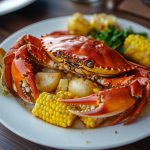
Boiled Crab Recipe
- Total Time: 60 minutes
- Yield: 4 servings 1x
Description
Here’s a classic boiled crab recipe that brings together all the essential elements for a perfect seafood feast. This recipe serves 4 people and takes about 55 minutes from start to finish.
This straightaway delicious recipe combines fresh crabs with aromatic vegetables and perfectly balanced seasonings. The result is tender, flavorful crab meat that easily pulls away from the shell.
Ingredients
- 4 whole Dungeness crabs
- ½ cup seafood seasoning
- 8 red potatoes
- 4 onions, quartered
- 2 ears fresh corn, halved
- 8 andouille sausages, sliced
- 6 lemons, halved
- 1 tablespoon salt
Instructions
- Fill a large stockpot halfway with water and bring it to a boil.
- Add seafood seasoning, salt, and squeeze in the lemon juice. Drop the squeezed lemon halves into the pot.
- Once the water reaches a rolling boil, add potatoes, sausages, onions, and corn. Cook until potatoes are tender, essentially 30 minutes.
- Gently lower the crabs into the pot and return to a boil.
- Boil the crabs until they turn bright red-orange, approximately 10-15 minutes.
- Turn off the heat and let the crabs soak in the seasoned water for 15 minutes to absorb flavors.
Notes
- Unless you’re using pre-cleaned crabs, place them in the freezer for 15 minutes before cooking to humanely prepare them.
- For extra flavor, add 1-2 heads of garlic with tops cut off.
- The cooking liquid should be dark enough that you can’t see the bottom of the pot.
- Test potato doneness with a fork – when they’re ready, your crabs will be perfectly cooked.
- Prep Time: 5 minutes
- Cook Time: 55 minutes
- Category: Seafood
- Method: Boiling
- Cuisine: American
Common Mistakes to Avoid When Boiling Crabs
Even experienced cooks can make mistakes when preparing boiled crab. Primarily, the most common error is overcrowding your pot. A crowded pot leads to uneven cooking and poorly seasoned results.
Here are critical mistakes to avoid in your next crab boil:
- Starting with dead crabs that aren’t properly frozen
- Adding crabs to water that isn’t fully boiling
- Skipping the cleaning process
- Using too little water for the amount of crabs
- Forgetting to check water temperature regularly
- Removing crabs immediately after cooking
Notably, one of the biggest blunders is rushing the seasoning process. Your seasoning needs time to dissolve and blend before adding the crabs. Subsequently, wait at least 15-20 minutes after the water starts boiling before introducing your crabs.
Temperature control presents another challenge. Dropping too many crabs into the pot at once drastically reduces water temperature. Instead, add them gradually, maintaining a steady boil throughout the cooking process.
Essentially, proper cleaning is non-negotiable. Many home cooks skip this vital step, leading to muddy flavors. Take time to thoroughly clean your crabs under cold running water, removing any debris or sand.
Above all, avoid the temptation to lift the lid repeatedly during cooking. Each time you peek, heat and steam escape, extending cooking time and potentially affecting the final texture of your crab meat.
Timing mistakes can ruin your boiled crab recipe. Rather than relying solely on shell color, use multiple indicators to check doneness. The meat should be opaque, and the legs should easily pull away from the body when properly cooked.
Nonetheless, the post-cooking phase is equally important. Letting crabs sit in hot water too long after cooking causes them to become overcooked and rubbery. Once done, remove them promptly and serve while they’re at their peak.
Serving and Presentation Tips for Boiled Crab
Presentation transforms your boiled crab recipe from a simple seafood dish into an impressive dining experience. The classic approach involves laying newspapers across your table, creating an informal yet practical dining surface.
For a traditional seafood boil presentation, arrange your crabs on a newspaper-covered table with these essential accompaniments:
- Fresh lemon and lime wedges
- Boiled new potatoes tossed in butter
- Corn segments
- Ramekins of melted butter
- Fresh herbs like parsley and dill
- Kitchen towels as napkins
- Wooden mallets and picking forks
Color and Contrast play a vital role in modern plating. Essentially, combining three to five different food colors creates visual appeal that excites diners before they take their first bite. Consider adding colorful elements like purple microgreens or orange citrus segments to complement your crab’s bright red shell.
Sauce presentation deserves special attention. Instead of serving dipping sauces in plain bowls, try using squeeze bottles to create artistic patterns on the plate. A simple lemon-spiked butter sauce with Old Bay seasoning makes an excellent accompaniment.
Primarily, height adds drama to your presentation. Try stacking components or using elevated serving platforms to create visual interest. For larger gatherings, consider arranging the crab legs in a circular pattern on a large serving platter, with dipping sauces in the center.
Notably, cleanliness remains crucial in presentation. Keep plate rims spotless and avoid overcrowding your serving platters. As a result, your boiled crab feast will look as impressive as it tastes.
For a practical touch, place several kitchen trash bins near the table for easy shell disposal. This thoughtful detail allows guests to focus on enjoying their meal without worrying about cleanup.
Perfect Wine and Beverage Pairings for Boiled Crab
Selecting the right beverage can elevate your boiled crab feast from delicious to extraordinary. Primarily, the key is choosing drinks that complement rather than overpower the sweet, delicate flavor of crab meat.
Wine Pairings
| Wine Type | Characteristics | Why It Works |
|---|---|---|
| Chablis | Crisp, mineral | Enhances crab’s natural sweetness |
| Pinot Grigio | Light, citrusy | Balances seasoning spice |
| Champagne | Bubbly, dry | Cleanses palate between bites |
| Rosé | Light, fruity | Complements seafood without overwhelming |
Essentially, white wines with high acidity and minimal oak aging make ideal companions for your boiled crab recipe. These wines cut through the richness of drawn butter while highlighting the crab’s natural flavors.
For beer enthusiasts, light lagers and wheat beers offer refreshing alternatives. Notably, Belgian-style witbiers, coupled with their subtle citrus notes and effervescence, provide an excellent counterpoint to spicy crab boil seasonings.
Non-alcoholic options that perfectly complement your crab feast include:
- Sparkling water with fresh citrus
- Unsweetened iced tea with mint
- Homemade lemonade
- Ginger beer
- Coconut water
Accordingly, consider serving multiple beverage options to accommodate different preferences. This approach allows guests to experiment with pairings throughout their meal, discovering their personal favorites.
Read also: Crab Fried Rice Recipe
Remember to serve white wines and beers properly chilled, between 45-50°F, to maintain their refreshing qualities. For optimal enjoyment, open bottles of wine about 15 minutes before serving to allow their aromas to develop fully.
Health Benefits of Eating Crab
Beyond its delicious taste, properly prepared boiled crab offers remarkable health advantages. Primarily, this seafood delicacy provides an excellent source of lean protein while remaining low in calories.
Your body benefits from these essential nutrients in boiled crab:
- High-quality protein for muscle maintenance
- Omega-3 fatty acids supporting heart health
- Selenium for immune system function
- Zinc for wound healing
- Vitamin B12 for nerve function
Essentially, the boiling process preserves these nutrients better than other cooking methods. As opposed to frying, which adds unnecessary fats, boiling maintains the natural nutritional profile of crab meat.
| Nutrient | Benefit to Your Body |
|---|---|
| Protein | Builds and repairs tissues |
| Selenium | Supports thyroid function |
| Copper | Aids in iron absorption |
| Phosphorus | Strengthens bones and teeth |
| Omega-3s | Reduces inflammation |
Notably, crab meat contains minimal saturated fat, making it an excellent choice for heart-healthy diets. In essence, incorporating boiled crab into your meal rotation supports overall wellness while satisfying your seafood cravings.
The zinc content in crab meat helps maintain your skin’s health and supports proper immune system function. Accordingly, regular consumption can contribute to better healing and resistance to infections.
For those watching their sodium intake, the boiling process actually helps control salt levels, as you can adjust the seasoning to meet your dietary needs. This control over sodium content, combined with the natural minerals in crab meat, makes it a versatile option for various dietary requirements.
References:
– University of Aberdeen
Nutritional Information
Presently, let’s examine the precise nutritional profile of your boiled crab recipe. A standard 3.5-ounce (100-gram) serving of boiled crab provides just 97 calories, making it an excellent choice for health-conscious dining.
The macronutrient breakdown significantly favors protein content:
- Protein: 19.35 grams (38.7% of daily value)
- Total Fat: 1.54 grams (2% of daily value)
- Carbohydrates: 0 grams
Your boiled crab markedly excels in vitamin content, namely vitamin B12, providing 11.5 mcg or 479% of your daily value. The mineral content is equally impressive, including:
| Mineral | Amount per 100g | % Daily Value |
|---|---|---|
| Selenium | 40 mcg | 73% |
| Copper | 0.6 mg | 71% |
| Zinc | 4.2 mg | 38% |
| Phosphorus | 210 mg | 17% |
| Potassium | 320 mg | 353 |
For those monitoring cholesterol intake, boiled crab contains 53 mg of cholesterol per 100-gram serving. The sodium content varies based on your seasoning choices, with unseasoned crab containing approximately 279 mg per serving.
Regarding omega-3 fatty acids, your boiled crab provides beneficial polyunsaturated fats, including 0.46 grams of omega-3 and 0.02 grams of omega-6 fatty acids per serving. These essential fats support various bodily functions, from heart health to brain function.
The nutritional profile can vary slightly depending on the type of crab. For instance, Snow Crab offers a higher protein content at 23.72 grams per 100-gram serving, whereas King Crab provides slightly fewer calories at 91.26 kcal per serving.
Reference:
– WebMD
Conclusion
Mastering the art of boiled crab brings restaurant-quality seafood to your home kitchen. Armed with the right equipment, precise timing, and proper seasoning techniques, you’ll create memorable crab feasts that rival professional preparations.
Success lies in attention to detail – selecting fresh crabs, maintaining proper water temperature, and avoiding common pitfalls like overcrowding your pot. Though the process requires careful timing and proper seasoning, the reward of perfectly cooked, tender crab meat makes every step worthwhile.
Beyond its delicious taste, boiled crab offers significant nutritional benefits. Rich in protein, omega-3 fatty acids, and essential minerals, this seafood delicacy serves as both a healthy and satisfying meal choice.
Remember that practice leads to perfection. Each time you prepare this recipe, you’ll develop a better understanding of timing, seasoning balance, and presentation techniques. Start with smaller batches until you feel confident, then expand to larger seafood boils for friends and family gatherings.

